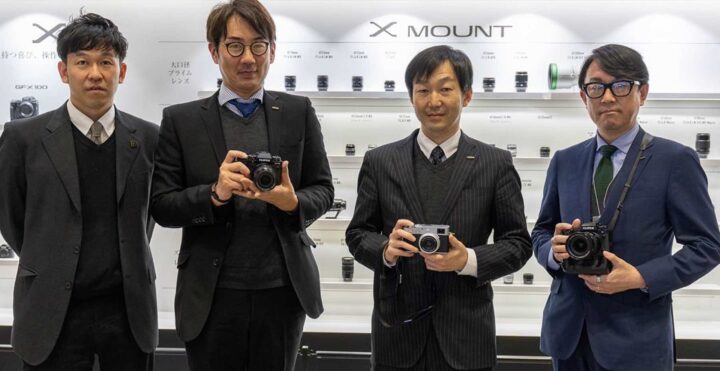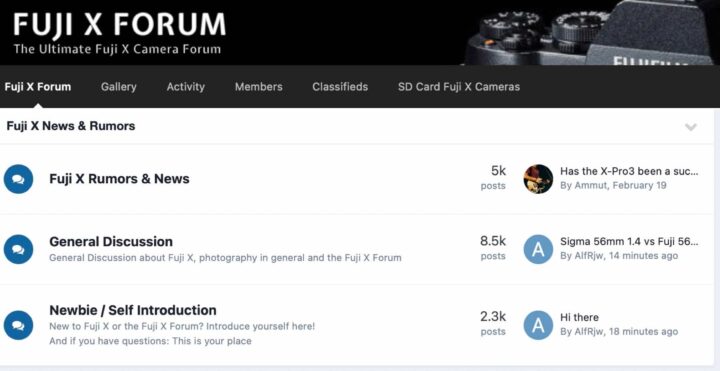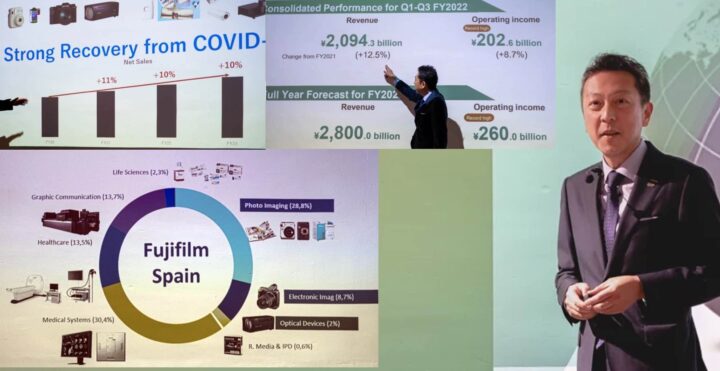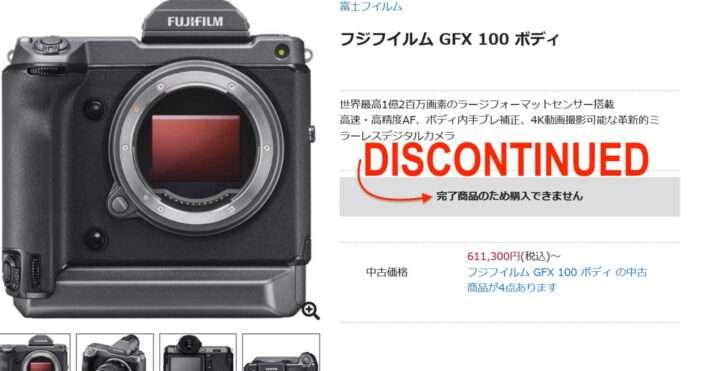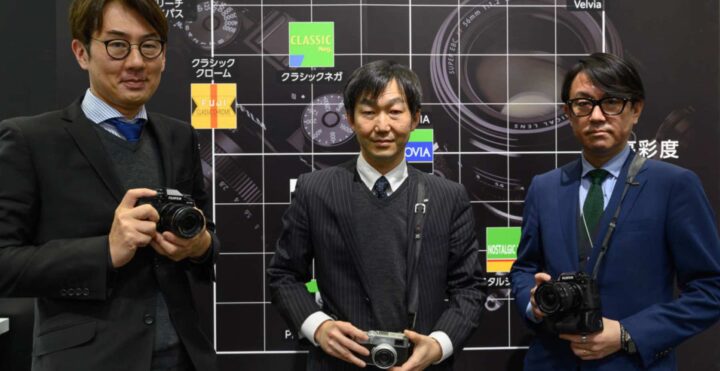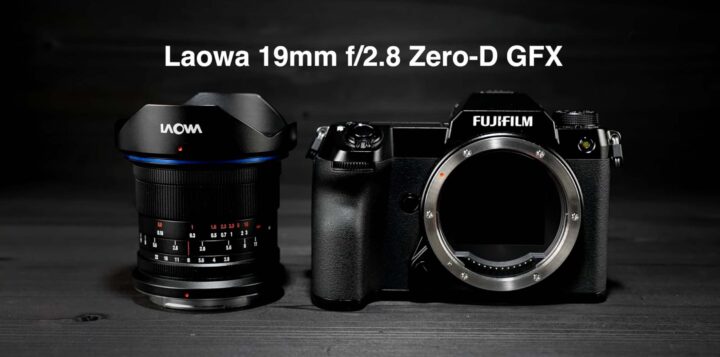The Future of GFX: Which Sensor Do You Want for GFX100 Replacement – VOTE NOW
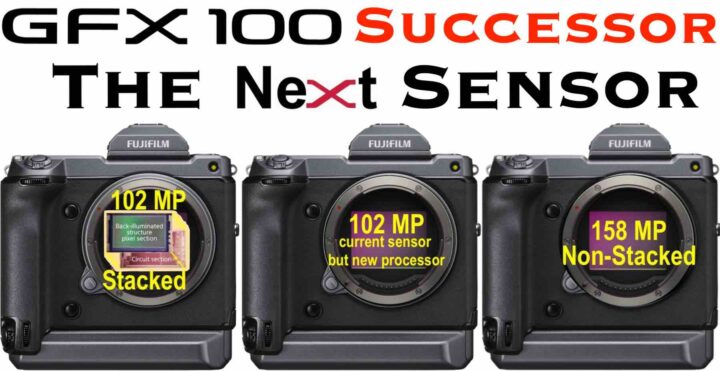
Fujifilm GFX100 Replacement
Until now it always worked like this in the Fujifilm world: Fuji’s APS-C series cameras get the latest and greatest technology and then the same sensors and processors are used on Fuji’s GFX cameras.
With two differences, of course.
- the GFX sensor is about 4 times larger than the APS-C sensor
- the GFX sensor has a Bayer filter array instead of X-Trans
But other than that, the silicon wafer used to make these sensors is exactly the same.
This means that for example the 26MP BSI X-Trans IV sensor is the very same we find on the GFX100/S, just Sony cuts a 4 times larger part out of it for the GFX sensor, hence 102 MP.
That’s great for Fujifilm, as it saves them R&D if they can use the same platforms over several systems and, for example, simplify the transfer of their APS-C firmware into their GFX system by using the same processor and sensor technology.
And what this mean for the rumored Fujifilm GFX100 replacement?
Well, if Fujifilm will continue doing what they always do then I see 3 options.
And I say 3 options, because the Fujifilm X-S20 shows us that Fujifilm is still considering that 26MP BSI sensor part of their lineup and hence to be potentially used in future cameras.
The Best Sensor is…
The three most obvious options at this point are:
- 102 MP non-stacked BSI sensor (same of X-S20)
- 102 MP stacked BSI sensor (same of X-H2S)
- 158 MP non-stacked BSI sensor (same of X-T5)
But of course, there are also other sensors that Sony has available. We reported here about:
- 162 MP stacked BSI sensor (in GFX format)
- 123 MP global shutter sensor (in GFX format)
Sure, a 162MP stacked medium format sensor would be extremely expensive. And as far as global shutter goes, it’s not usually Fujifilm who uses breakthrough technology for first. Those sensors come from Sony and my guess is that before we don’t get it on a Sony camera, we also won’t see it on a Fuji camera.
That’s why for now I will not include the latter two options in the survey. But if sources tell me crazy things are going to happen with the GFX100 replacement, then you can bet I will let you know first here on FujiRumors.
The Survey
And now to the survey… and the question could not be easier than this one: which sensor do you want on the Fujifilm GFX100 replacement?
Related Articles

